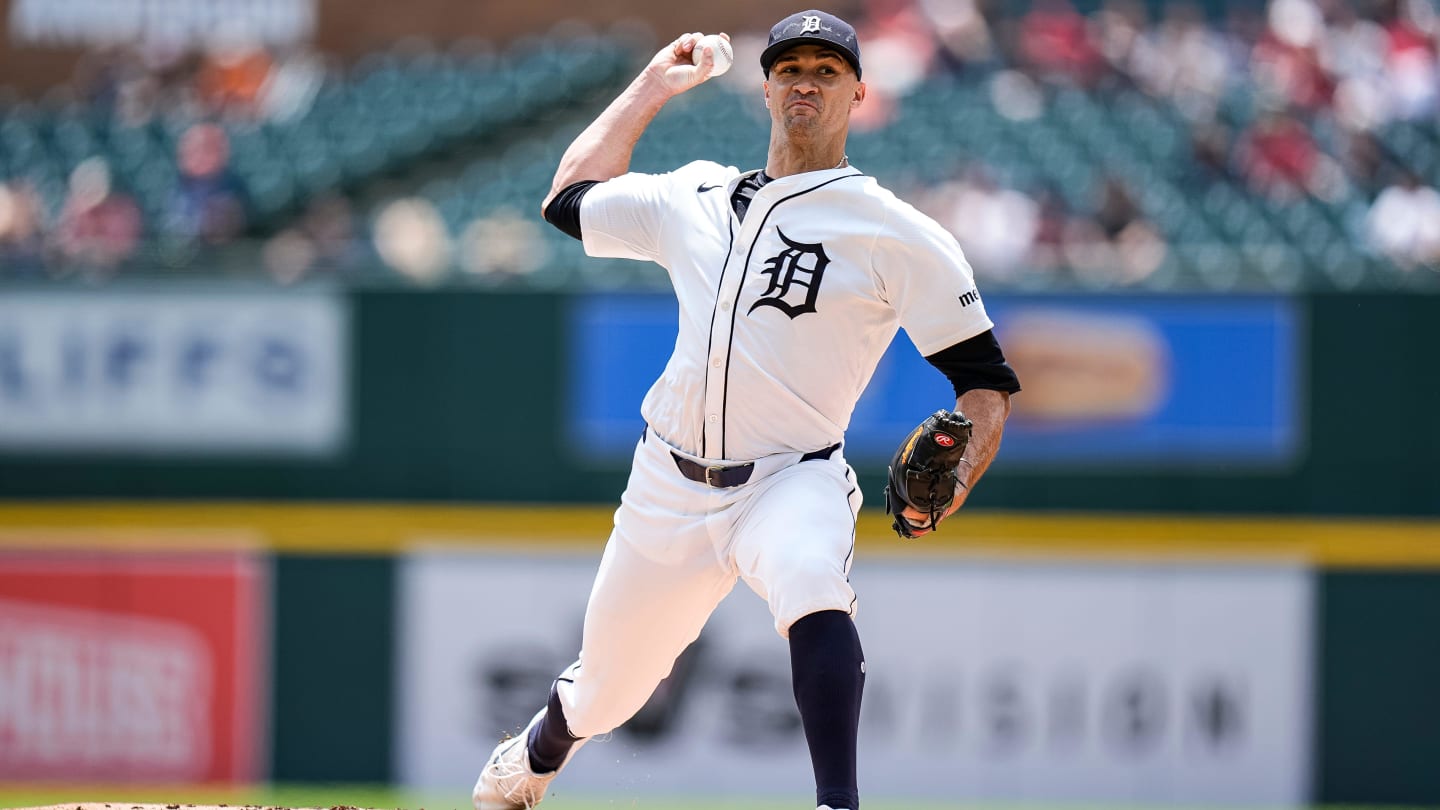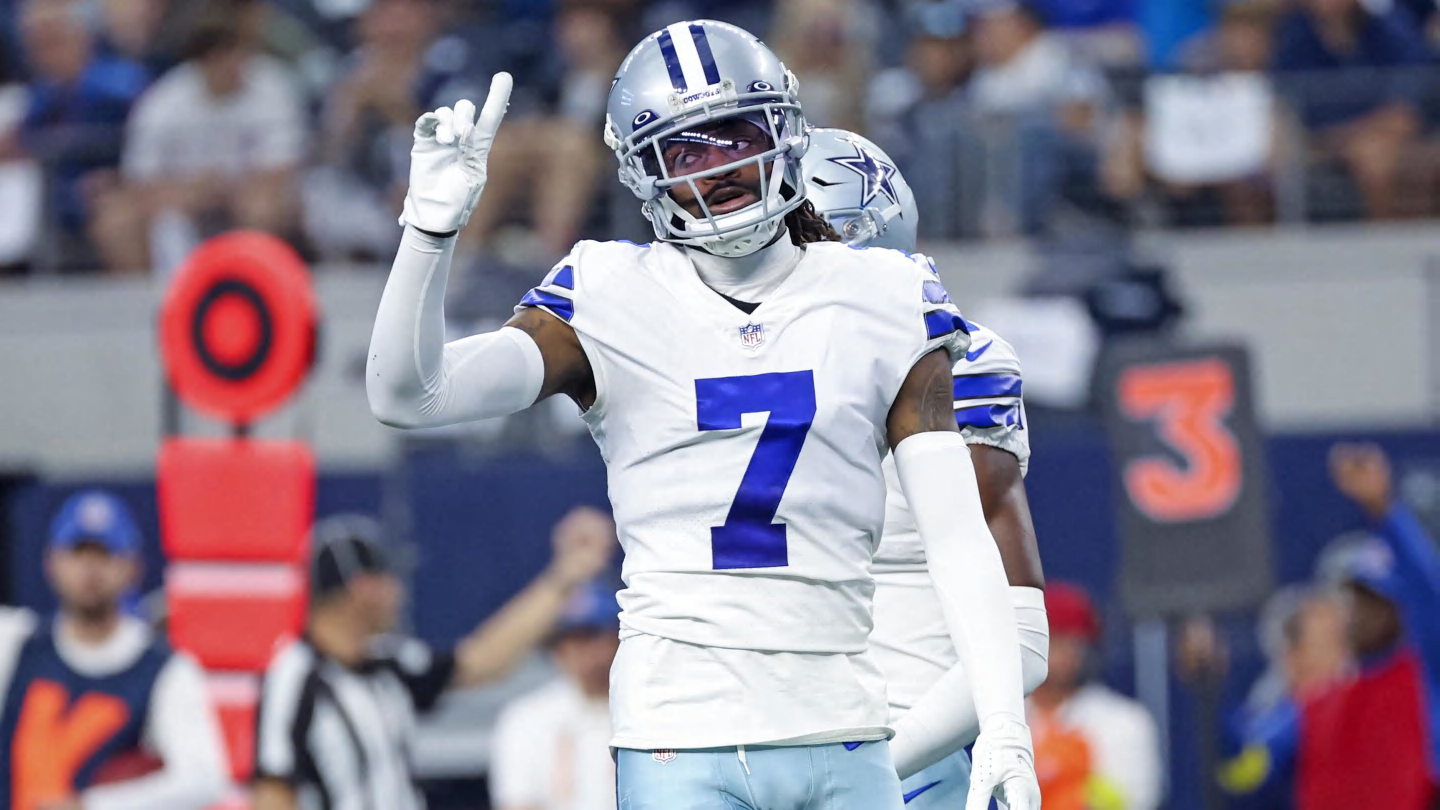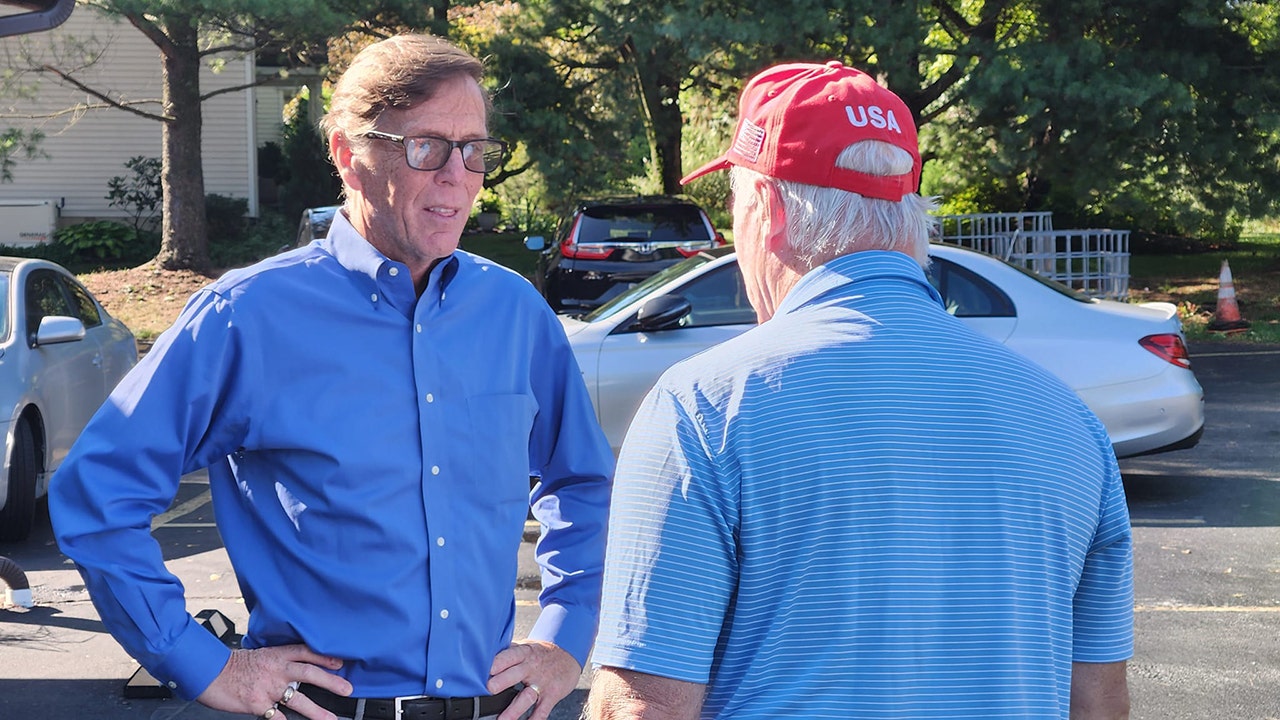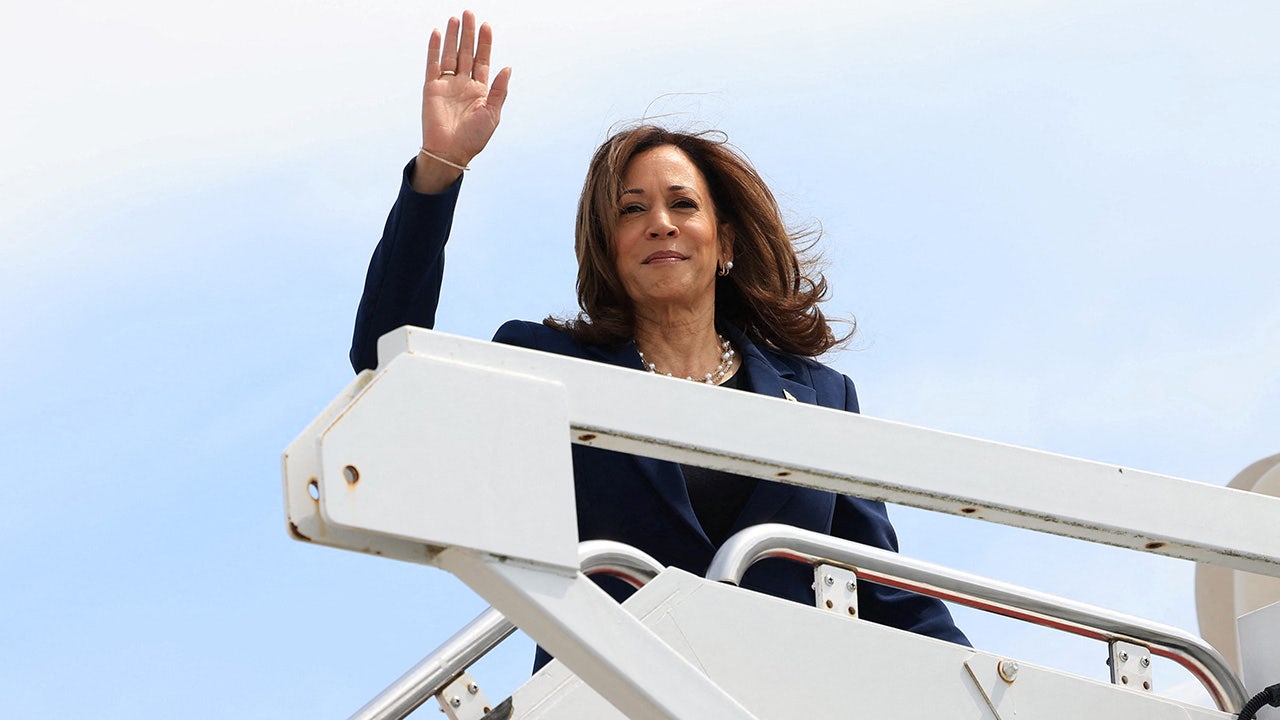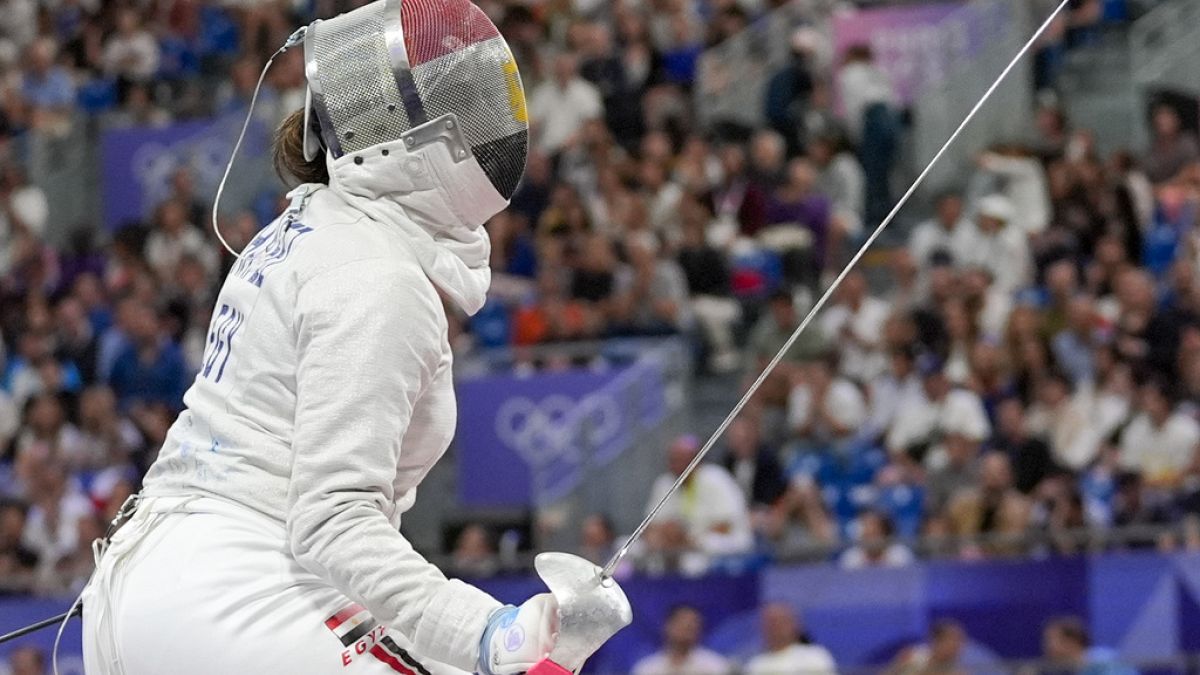U.S. forces carried out an airstrike in Iraq on Tuesday night, targeting unspecified “combatants” attempting to launch a one-way attack drone, officials said.
Washington
U.S. military launches first airstrike in Iraq in months

U.S. officials said the airstrike happened in Musayib, a town south of Baghdad, but disclosed few other details. A defense official said in a brief statement that “based on recent attacks in Iraq and Syria,” U.S. military officials assessed that the activity constituted a threat to American and coalition forces. Like some others, this official spoke on the condition of anonymity to discuss the operation.
“This action underscores the United States’ commitment to the safety and security of our personnel,” the statement said. “We maintain the inherent right to self-defense and will not hesitate to take appropriate action.”
A second defense official said the airstrike followed three attacks on U.S. forces in recent days. On Thursday, two rockets targeted al-Asad Air Base in Iraq and another struck on or near a U.S. outpost in Syria, the official said. The following day, two additional rockets targeted the facility in Syria, Mission Support Site Euphrates. No damage or injuries were reported in any of those incidents, the official said.
U.S. officials have long feared that Israel’s war in Gaza could spill over into other parts of the Middle East, where Iran enjoys considerable influence.
Tuesday’s airstrike, reported earlier by Reuters, follows a spike in violence between Israel and Hezbollah, a powerful Iranian-backed group in Lebanon.
Earlier in the day, Israel carried out an airstrike in a busy neighborhood on the outskirts of Beirut, saying it had killed a senior Hezbollah commander responsible for an attack Saturday that killed 12 children in the Israeli-controlled Golan Heights. The Lebanese Health Ministry said the attack killed a woman and two children. Hezbollah denied it was responsible for the weekend attack.
Defense Secretary Lloyd Austin, speaking to reporters after meeting with officials in the Philippines on Tuesday, expressed hope for a diplomatic resolution to avoid a full-blown conflict but said the United States will defend Israel if it is attacked by Hezbollah. “We’ve been clear about that,” he said.
In the weeks after Hamas-led militants launched a deadly cross-border attack into Israel on Oct. 7, spawning the ongoing war in Gaza, other militant groups backed by Iran started attacking U.S. military positions in Iraq, Syria and Jordan, linking their violence to Washington’s support for Israel. The militias in Iraq and Syria, along with the Houthis in Yemen, Hezbollah in Lebanon, and Hamas in Gaza, are all part of the same network and are provided weapons and training by Iran, U.S. officials have said.
In February, after at least 165 attacks on U.S. forces, the Biden administration approved airstrikes in response to, and to avenge, the deaths of three U.S. soldiers killed in a one-way drone strike on their base in Jordan.
Tuesday’s airstrike in Iraq occurred as U.S. and Iraqi officials negotiate a possible withdrawal of at least some of the approximately 2,500 U.S. troops in Iraq. An additional 900 troops are based in Syria, with a mission to counter the Islamic State, and are reliant on personnel in Iraq for logistical help.

Washington
The view from Paris: Troubled waters for surfers in Tahiti

Meeting all the skateboarders I wrote about in Tuesday’s story made me think about surfing. Watching Olympians surf, to be clear. My skateboarding skills are bad enough; no need to trade road rash for coral cuts.
Maybe it’s just as well. All of Tuesday’s competitions were postponed because of poor sea conditions. The competition is very likely to be called on during Wednesday. Check the status here.
But that doesn’t mean we have no surfing for you. My colleagues did a story about why the waves at the “wall of skulls” are so treacherous, and columnist Sally Jenkins spoke with surfing legend Laird Hamilton about how to ride them. And if you haven’t seen it, check out the story behind this unbelievable photo.
Even Olympians find the waves at Teahupo’o, where the competition is occurring, to be unpredictable. At least two surfers have needed stitches: Australian Jack Robinson needed five in his foot; Johanne Defay of France needed four to close a head wound. She wore a helmet Sunday. Tim Elter of Germany became internet famous for losing his pants — and for his cheeky response to it.
Surfing may be back today, and I definitely will be back Thursday, writing about a tasty new topic.
Pete’s adventures are mostly those of Artur Galocha, who is reporting from Paris. They’re written by Bonnie Berkowitz and illustrated by Álvaro Valiño. Map by Laris Karklis. Editing by Jason Murray. Graphics editing by Samuel Granados. Copy editing by Ella Brockway.
Washington
Analysis | Kamala Harris’s vice presidential pick comes into sharper focus

The big moment
It’s getting to be crunchtime for Vice President Harris’s choice of a running mate.
The pick is due by Aug. 7, when the Democratic Party aims to formally nominate its ticket, solidifying Harris’s elevation to the top slot after President Biden’s exit from the contest. But we just got word that Harris is planning to tour the battlegrounds with the pick next week, which suggests it could come before the deadline.
Meanwhile, we’re seeing the candidates wage what’s basically a sprint of a campaign for the job — a remarkable scene in itself. They’ve done events for her both virtually and on the campaign trail, they’ve blanketed the airwaves with media appearances, and many of them seem to be making the case as much for themselves as for Harris.
That sprint of a campaign — along with two candidates indicating Monday that they’re not the pick — has crystallized the choice for Harris. So I thought it a good time to update my previous handicapping based on the latest.
The momentum candidate: Walz
Nobody’s stock has risen over the past week as much as Minnesota Gov. Tim Walz (D), who was previously thought to be something of a dark horse for the job. Walz has pushed himself into the conversation with a barrage of media appearances in which he’s played up his rural roots and everyman appeal. Perhaps nobody has “campaigned” for the job quite as much as he has.
But subtly, perhaps the best argument for Walz is how he’s seeded the biggest emerging Democratic talking point: that the GOP ticket is “weird.” Walz almost seemed to stumble upon it a week ago, but it quickly took hold.
The other messenger candidate: Buttigieg
To the extent this VP pick is about taking the fight to Republicans, Walz has some real competition for that mantle: from Transportation Secretary Pete Buttigieg, who has also been all over the airwaves.
And while Walz is the hot new thing, Buttigieg has been doing this kind of thing for years — even going on Fox News to joust with its hosts. An appearance this past Sunday in which Buttigieg declined to accept the Fox host’s premises has been shared far and wide on the left.
The swing-state picks: Shapiro and Kelly
While those two candidates might be the insurgents, two potential swing-state-focused picks thought to be leading contenders from the start still loom large — particularly, Pennsylvania Gov. Josh Shapiro and Arizona Sen. Mark Kelly.
Shapiro has been touring his home state in a potential preview of what he could provide the Harris campaign in a crucial state. And a Fox News poll this weekend reinforced the asset he could be. Shapiro’s favorable rating in Pennsylvania was 61 percent — compared to just 32 percent unfavorable — and more than three in 10 Donald Trump supporters liked him. He even led Trump by 10 points in a hypothetical matchup as the party’s nominee.
Kelly has been quieter than these other candidates, and he maintains a lower profile. But an ABC News/Ipsos poll this week showed him with the best net image rating of any of the potential picks.
While other candidates have gone after JD Vance — Walz’s “weird” comments have keyed on Vance — Kentucky Gov. Andy Beshear has focused his pitch extensively on the GOP vice-presidential pick. He’s called Vance a “phony” who has “exploited” and exaggerated his ties to eastern Kentucky and Appalachia. He’s even said he would be eager to debate Vance. That’s a pretty eager (and arguably presumptuous) statement.
To the extent the name of the game is to create a contrast in running mates, Beshear has positioned himself as that.
Two major candidates thought to be in the mix signaled Monday that we should look elsewhere. North Carolina Gov. Roy Cooper said that he’s pulling out of consideration, while Michigan Gov. Gretchen Whitmer said she’s “not a part of the vetting” — after previously suggesting that she wouldn’t take the job.
Others who have been mentioned but haven’t been as out front include Illinois Gov. J.B. Pritzker and Commerce Secretary Gina Raimondo.
Another key moment
The presidential race is suddenly blocking out the political sun. But federal and state primaries are kicking back into gear after a sleepy month of July. And we start with a big one Tuesday in Arizona.
The Washington Post’s Amy B Wang has your primer for that state’s primaries. A couple big storylines to watch:
- It’s long been assumed that former gubernatorial candidate Kari Lake would win the GOP nomination for Senate, and that still appears likely — especially after Lake got some late help from Trump. But the most recent polling suggests that Pinal County Sheriff Mark Lamb has narrowed the gap somewhat, as some fret that Lake can’t win a general election. (Democratic Rep. Ruben Gallego has regularly led in head-to-head matchups with Lake). If Lake doesn’t win big, expect some more fretting.
- One of the ugliest and most contentious Republican primaries in recent history culminates tonight in the 8th Congressional District. It features a pair of statewide candidates who lost alongside Lake in 2022 — former Senate nominee Blake Masters and former attorney general nominee Abe Hamadeh — along with state House Speaker Ben Toma and former congressman Trent Franks. Masters has not-subtly pointed to Hamadeh’s heritage and lack of a family, while Hamadeh has played up his “testosterone” and accused Masters of “having a mental breakdown.” Trump previously endorsed Hamadeh but hedged his bets over the weekend by also endorsing Masters (something he’s done before, by endorsing “Eric” in a 2022 Senate primary featuring more than one Eric.)
A momentous number
That’s the percentage of voters in a recent New York Times/Siena College poll who were so-called “double-haters” — who disliked both of the two major-party presidential candidates.
That number is way down from where it’s been for much of the 2024 election cycle; it’s generally hovered around 20 percent. The number has declined given how much better voters like Harris than Biden, but it’s also declined in part because of improved views of Trump. (Multiple recent high-quality polls show around 47 or 48 percent of voters like Trump.)
That renders this group less pivotal for the race ahead, at least for now. But we shouldn’t rule out the possibility that both Harris and Trump are enjoying a bit of a temporary honeymoon — Harris after replacing Biden, and Trump after the assassination attempt and the recent Republican National Convention.
The good news for Harris: Recent polling suggests she does better with these double-haters than Biden was doing. A Fox News poll in Wisconsin showed her winning them by 25 points, after such voters were split in the poll back in April.
Take a moment to read:
Washington
Trump rally gunman stopped firing after local officer shot at him

The shot from the local officer caused the would-be assassin to temporarily recoil from his perch on a rooftop, according to the two officials and a Washington Post analysis of video evidence. Crooks’s retreat coincided with a 10-second pause in shooting, according to audio experts who examined the gunshots, a critical period that ended when the Secret Service countersniper shot and killed him.
It has been reported that a local officer fired at Crooks, but the analysis suggests that the officer may have played a more important role than previously known in responding to the attack at a July 13 rally in Pennsylvania.
One of the people who spoke to The Post, a local law enforcement officer close to the investigation, did so on the condition of anonymity because he was not authorized to speak publicly. The other, Richard Goldinger, the district attorney for Butler County, confirmed that a member of the county’s Emergency Services Unit (ESU), similar to a SWAT team, fired a shot at Crooks that prompted a reaction from the gunman.
“I don’t know if the officer actually hit Crooks and don’t believe he fired the neutralizing shot,” Goldinger, who oversees the emergency services unit, said in a text message. But Goldinger said he believed the officer’s shot caused Crooks to stop firing his weapon, buying the Secret Service snipers time to kill the gunman.
A third person familiar with the investigation, speaking on the condition of anonymity to discuss details that have not been made public, confirmed the Butler officer shot at Crooks before the Secret Service countersniper fired. The person said investigators have not found evidence that the local officer’s round struck the gunman, but witnesses said Crooks appeared to move after that shot was fired.
Ten shots were fired in the span of roughly 16 seconds, according to video recordings taken at the rally. Four audio experts consulted by The Post said the first eight shots, fired in bursts of three and five, have similar acoustic signatures and probably were fired by Crooks, who was armed with an AR-15-style rifle.
Eight spent cartridges were recovered on the roof Crooks fired from, FBI Director Christopher A. Wray told lawmakers last week. Trump’s ear was grazed by a bullet or bullet fragment, according to the FBI, and three spectators were wounded, one fatally.
Less than a second after the last of those eight shots, a ninth gunshot is heard. Then comes the 10-second pause.
The local law enforcement official close to the investigation did not know whether the local officer’s shot hit Crooks. But shortly after that shot, Crooks altered his positioning, the official said. Crooks stopped shooting at the rally site and slumped down behind the crest of the sloped roof where he was perched, the official said.
After the local police officer’s shot, “there was definitely some sort of reaction,” the official said. “Crooks slumped over, and he didn’t fire another round.”
The official credited the local officer with interrupting Crooks’s attack. “Anything that disrupts an active shooter can keep the situation from being significantly more catastrophic.”
The official’s account is supported by video taken about 100 feet west of the building from which Crooks fired. The footage was recorded by Jon Malis, a 52-year-old Pennsylvania resident who was watching the rally from that location, just outside the Secret Service security perimeter.
Crooks had roused the suspicion of local police as he milled around outside the rally with a golf range finder. They were looking for him when he crawled onto the roof of a warehouse complex and began shooting at 6:11 p.m. Malis’s video, first published by Fox News, records the sound of the eight shots from Crooks and then the sound of a ninth shot. After that ninth shot, the video captures Crooks as he turns, making his face visible to the crowd on the west side of the building, away from the rally, The Post analysis shows. He then appears to reposition himself.
The local officer who shot at Crooks was assigned to a barn behind and to the north of the rally stage, along with a counterassault and quick-reaction force team from Butler County, the local law enforcement official said.
The officer, who was not a sniper, had left the barn and was outside on the ground nearby when Crooks began firing from the rooftop about 110 yards away, the official said. The local officer saw the muzzle flashes from Crooks’s rifle, the official said, and fired his rifle at Crooks.
A rally worker told The Post they witnessed the local officer shoot at Crooks from the same location.
The worker, who spoke on the condition of anonymity because their employer had not authorized them to speak publicly, said they were standing behind the bleachers to the north of the stage when Crooks took his first shots. The worker said attendees scrambled while the local officer took aim.
“Everyone else was moving, and he wasn’t,” the worker said. “I remember thinking, ‘He’s not freaking out; he’s not yelling.’ He shot his gun, and I remember thinking, ‘We need to take cover.’”
A spokesman for the Secret Service said the FBI was best suited to answer The Post’s questions about the local police officer’s shot toward Crooks.
FBI officials confirmed that a Butler County officer fired at the gunman, and that the officer’s weapon has been taken to the FBI’s laboratory in Quantico, Va., for further analysis. Firearms experts at Quantico are also examining the gunman’s weapon, an AR-15-style rifle with a collapsible stock, and the weapon used by the Secret Service countersniper, FBI officials said.
FBI officials have said that a Secret Service countersniper fired the round that killed Crooks.
Malis’s video captures the 10th shot and Crooks’s subsequent collapse. “He’s down,” an onlooker shouted, according to Malis’s recording, which then zooms in to show Crooks’s body splayed on the roof.
The local law enforcement official told The Post that the Butler County officer was preparing to take a second shot at Crooks when the Secret Service agent shot him. The official confirmed there were a total of 10 shots: eight by Crooks, one by the Butler County officer and the last by the Secret Service.
Imogen Piper and Jon Swaine contributed to this report.
-
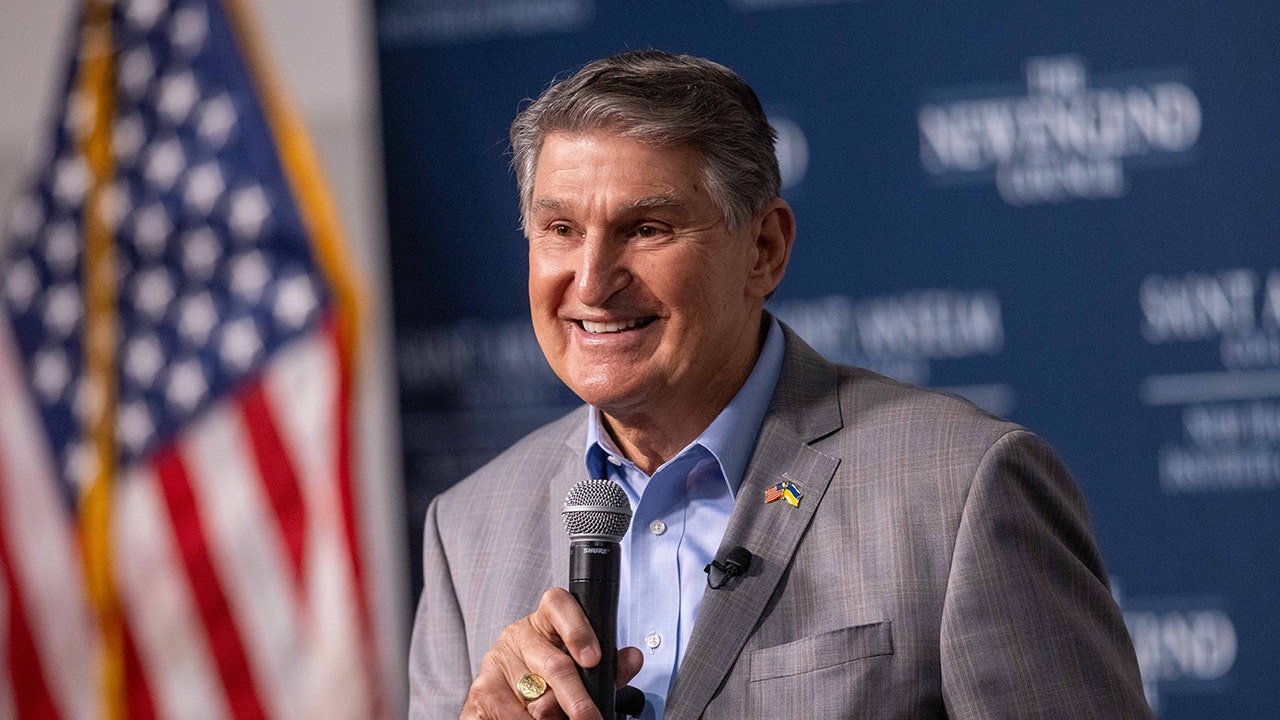
 Politics1 week ago
Politics1 week agoManchin considers re-registering as Democrat to run for president
-

 News1 week ago
News1 week agoHow the Trump Rally Gunman Had an Edge Over the Countersnipers
-
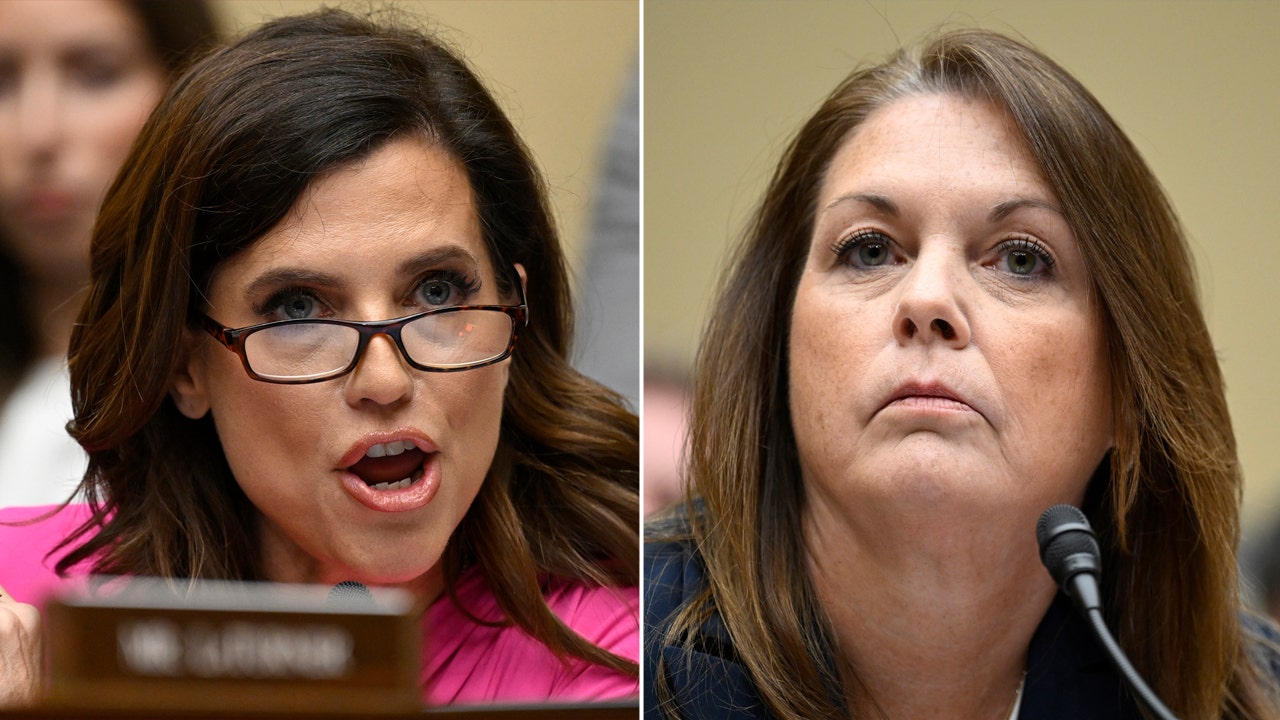
 Politics1 week ago
Politics1 week agoTop five moments from Secret Service director's hours-long grilling after Trump assassination attempt
-

 Politics1 week ago
Politics1 week agoDem strategists say Harris 'only practical choice' as party leaders begin endorsing her
-

 News1 week ago
News1 week agoMayorkas names panel to conduct review of Trump assassination attempt
-

 News1 week ago
News1 week agoGeorge Clooney Endorses Kamala Harris, Says Biden Is ‘Saving Democracy’
-

 News1 week ago
News1 week agoVideo: Secret Service Director Faces Bipartisan Calls to Resign
-
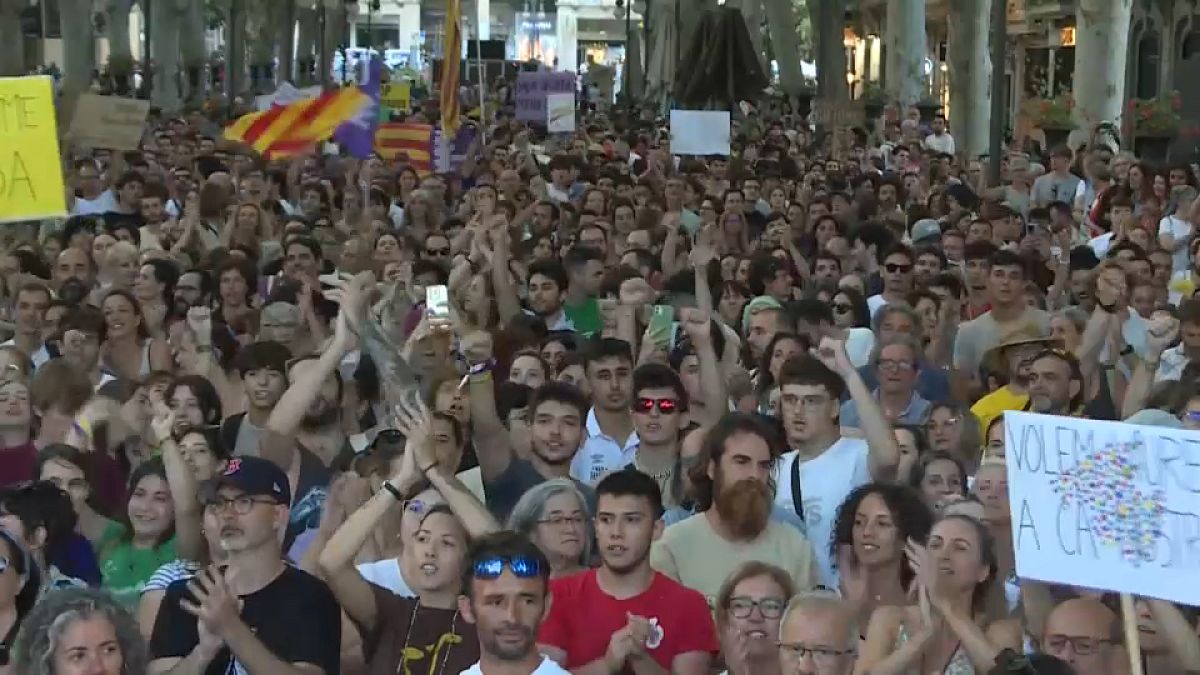
 World1 week ago
World1 week agoThousands in Mallorca demand 'less tourism, more life'

